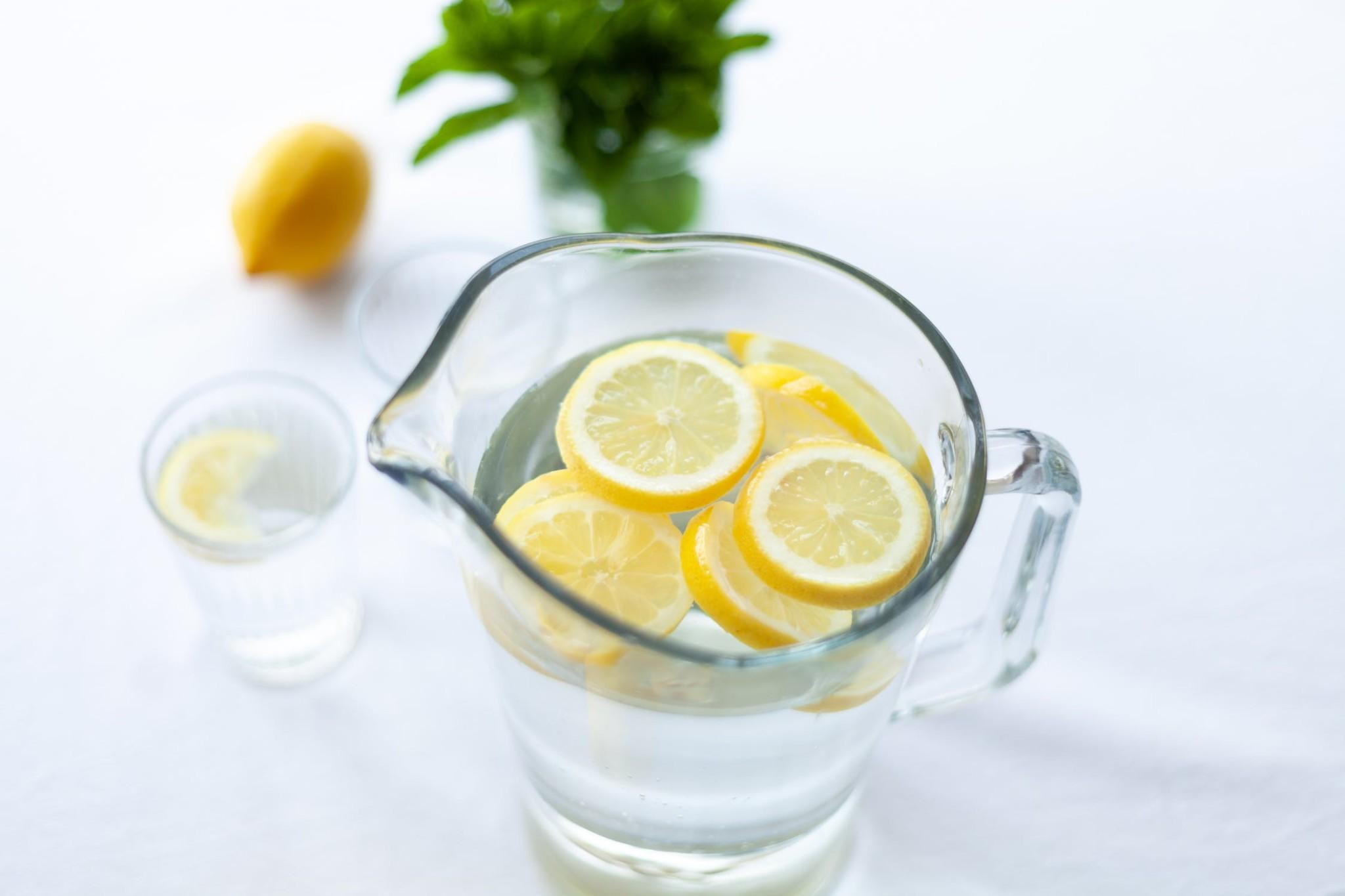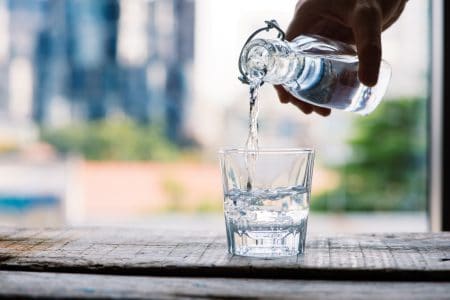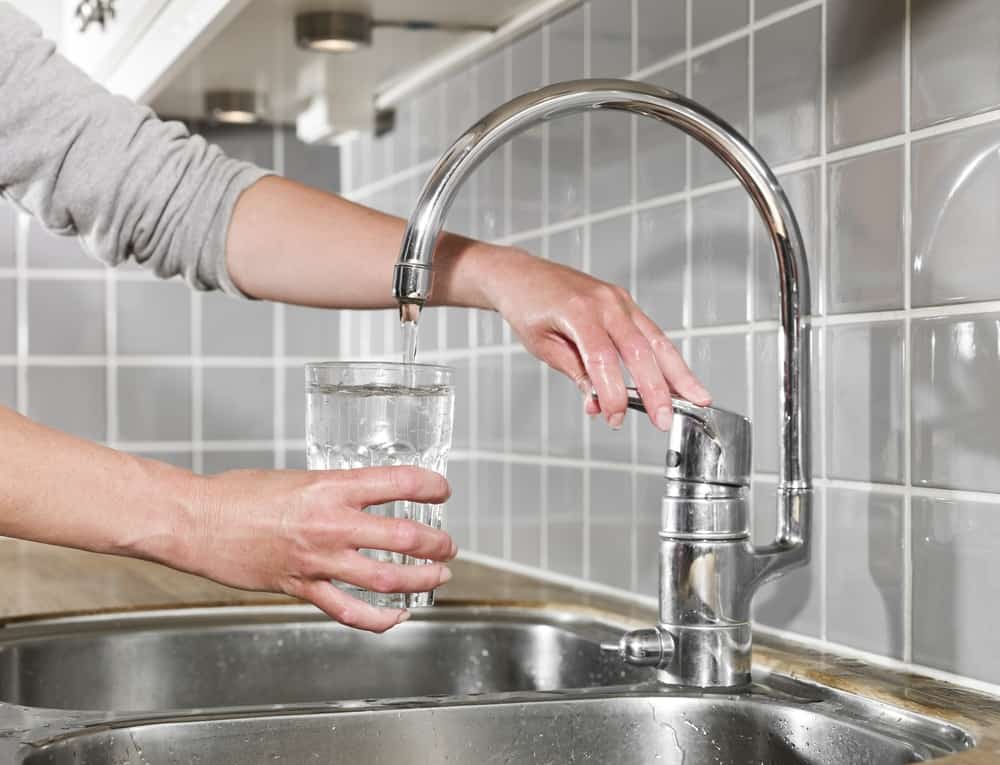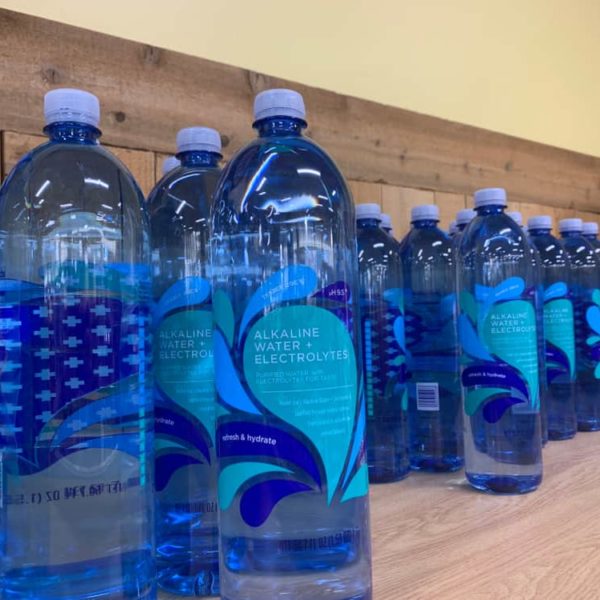How To Remove Excess Chlorine From Drinking Water

How to Remove Chlorine From Drinking Water.
How to remove excess chlorine from drinking water. There should be no more than 4ppm mgL of chlorine in drinking water. Ideally there would be zero chlorine in drinking water but the benefits still out-weigh the dangers. Let me dig deeper and explain each of these methods in detail.
Stripping with fresh air Off-gassing boiling charcoal filtration using an air-stone and Reverse osmosis. Activated carbon filtration is considered one of the best methods of removing chlorine from water but you cant actually use this technique for filtering chloramine. Check the water closet in the back of toilets as this is a common place for bacteria to multiply.
Research shows that chloramine and chlorine both have benefits and drawbacks. Often added to water at a municipal level in order to disinfect and kill germs Chlorine use in water is very common and can often be tasted in drinking water if drinking out of the tap. The latest technology allows carbon to bind effectively to chlorine to prevent it from entering your home.
Adding sufficient water filtration to your house is the most secure and most cost-effective approach to expel chlorine and savor pure clean water whether youre cooking drinking washing or showering. Some water treatment companies have switched to ozone O₃ to treat the water but ozonation is considerably more expensive. It helps to boil the water.
Yes boiling water for 15 minutes is one way to release all the chlorine from tap water. Carbon Block filters can also eliminate chlorine byproducts such as chemicals known as THMs. Removing Chlorine Through Evaporation.
You can remove chlorine from water without chemicals by using any of the following methods. Because chlorine keeps water clean as it travels to our homes it cant be removed from water after disinfection. Pretty much all local water dams will contain chlorine as it is a cheap option to clean out bacteria from the water supply.



















